Formula 1: New qualifying format could be in place for 2016
- Published
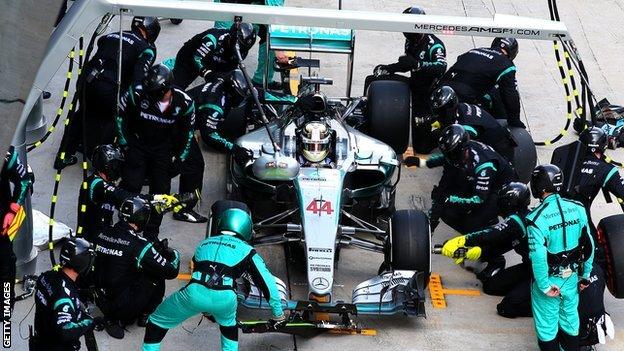
Lewis Hamilton at a pit stop
Drivers could battle it out in a new elimination-style qualifying format when the Formula 1 season gets under way in Australia next month.
Motorsport bosses want to increase unpredictability amid criticism that race weekends can become too formulaic.
The plan was approved in principle, but teams have gone away to analyse the potential impact.
The rule-making F1 commission has also approved plans to introduce improved cockpit head protection in 2017.
The move is designed to help protect drivers from being hit by debris.
All the changes still need to be rubber-stamped by the FIA World Council.
Plans to make cars wider and faster with bigger tyres have also been confirmed.
Fans will also be able to vote for a driver of the day after each race.
Qualifying
The idea to change the format of qualifying came from the FIA and is an attempt to increase unpredictability.
A decision on whether to adopt it this year could be made in the next week or so after the idea has been fully analysed.
It was approved in principle, with the intention of introducing it this year, but the teams have gone away to analyse the potential impact.
There will still be a three-part qualifying session but the plan is to adapt it as follows:
Q1 will last for 16 minutes
The slowest driver is eliminated after seven minutes
Then one will go every 90 seconds until seven drivers are out
Q2 will last for 15 minutes
The slowest driver will be eliminated after six minutes
Then one will go every 90 seconds until the end of the session
That leaves eight drivers in final qualifying.
Q3 will last for 14 minutes
The slowest driver will be eliminated after five minutes
Then one will go every 90 seconds until there are two drivers left
There will then be a final 90-second shoot-out for pole position
It is worth noting that the final elimination in each session occurs when the relevant drivers pass the chequered flag, not when time is up.
Head protection
The FIA told teams earlier this month that it wanted to introduce head protection in 2017.
A device called a 'halo' has been deemed the best compromise, given it has the fewest side-effects, such as compromised vision or extrication in the event of an accident.
The Grand Prix Drivers' Association made it clear it felt it was time for the device to be introduced after years of research into the project.
The halo features two arms protruding from behind the cockpit, forming an elliptical shape above the driver's head, and is supported by a narrow forward strut.
It will be a standard part, with all teams using the same design.
The FIA said it would continue to evaluate other options, such as a jet-fighter style canopy.
It is thought unlikely the halo would have prevented the injuries suffered by Frenchman Jules Bianchi, who died last July,, external nine months after his Marussia collided with a recovery vehicle during the 2014 Japanese Grand Prix.
But it might stop incidents such as the one that killed English IndyCar driver Justin Wilson, who was struck by debris, external from an earlier crash last year.

Ayrton Senna was killed at Imola in 1994 when a suspension arm detached and pierced his helmet during a crash
New rules
F1 bosses have been working for a year on making cars faster and more dramatic-looking for 2017.
It is all in response to a perceived waning interest in the sport, although agreeing the detail has proved problematic.
Nevertheless, bodywork dimensions have been defined after months of discussions:
Cars will be made 2,000mm wide, up from the current 1,800mm
The bodywork will be increased to 1,600mm with from 1,400mm
More aerodynamic downforce will be produced by a redesigned floor
Tyres will be wider: up from 245mm to 305mm at the front; and from 325mm to 405mm at the rear
Some details still need to be resolved and the deadline for doing so by a majority has been extended by two months to the end of April.
There was also "significant further progress" on plans to make engines cheaper, louder and closer in performance, with all teams supplied.
More on head safety in F1 |
|---|
For the latest news and analysis, follow @bbcf1, external on Twitter |
- Published3 February 2016
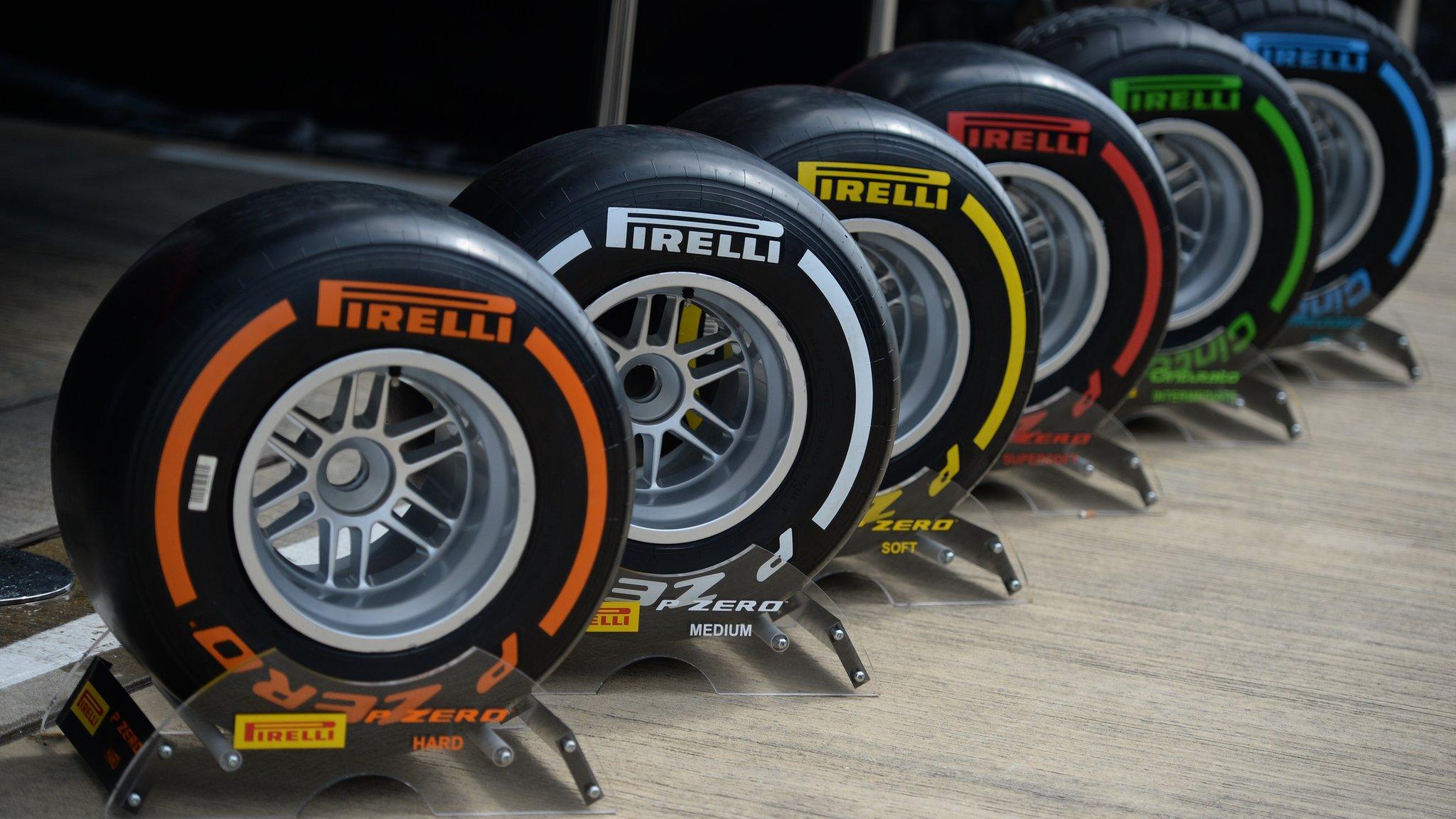
- Published25 January 2016
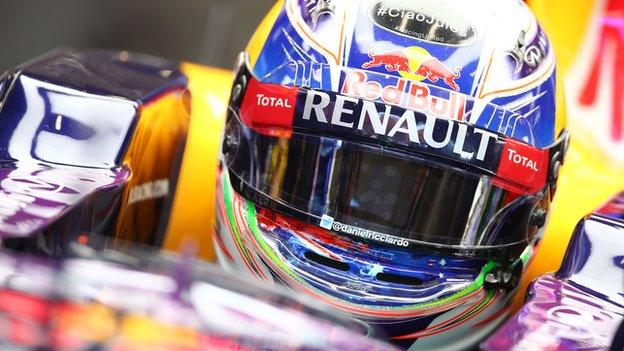
- Published23 February 2016
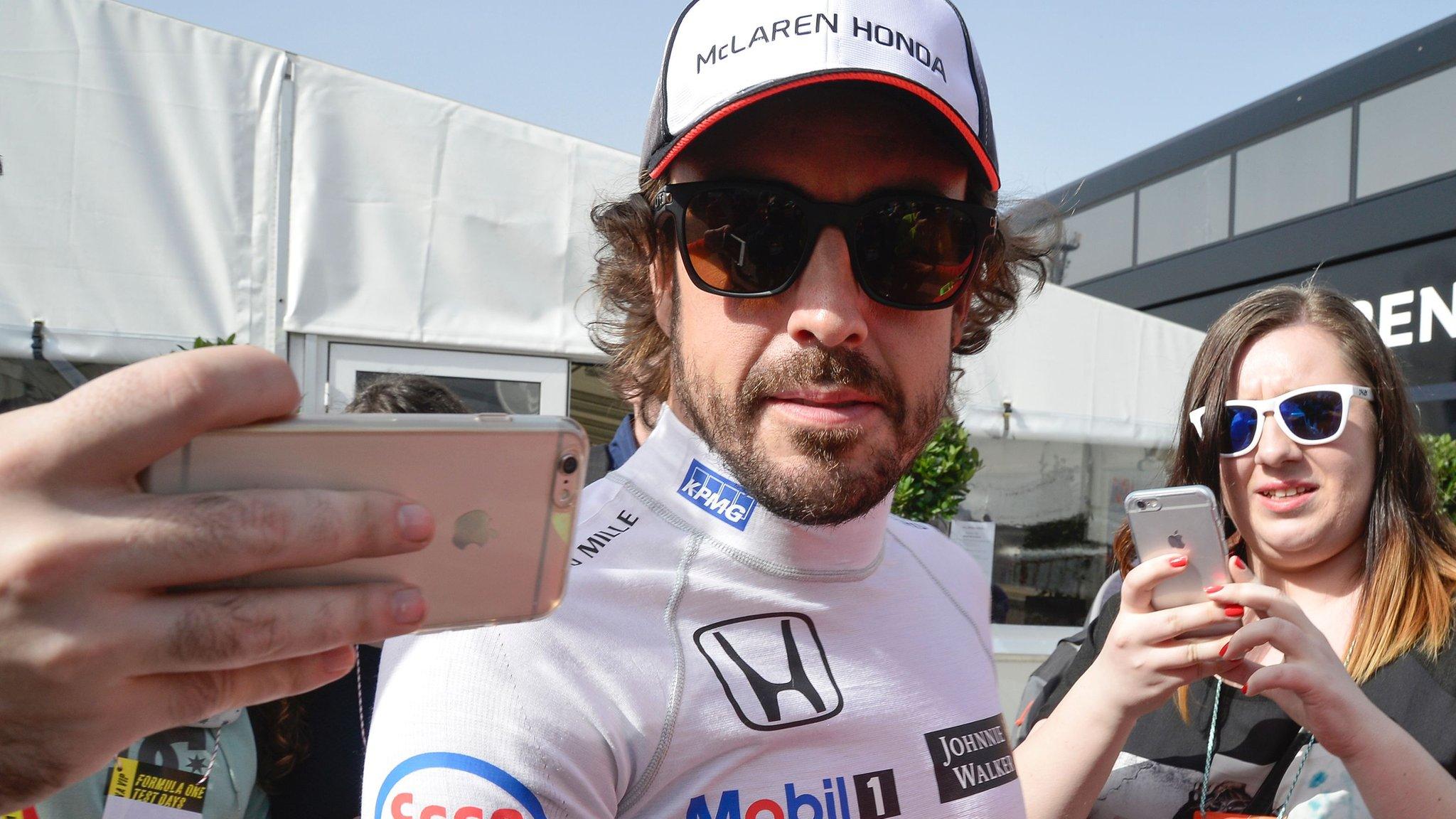
- Published28 February 2016

- Published23 February 2016
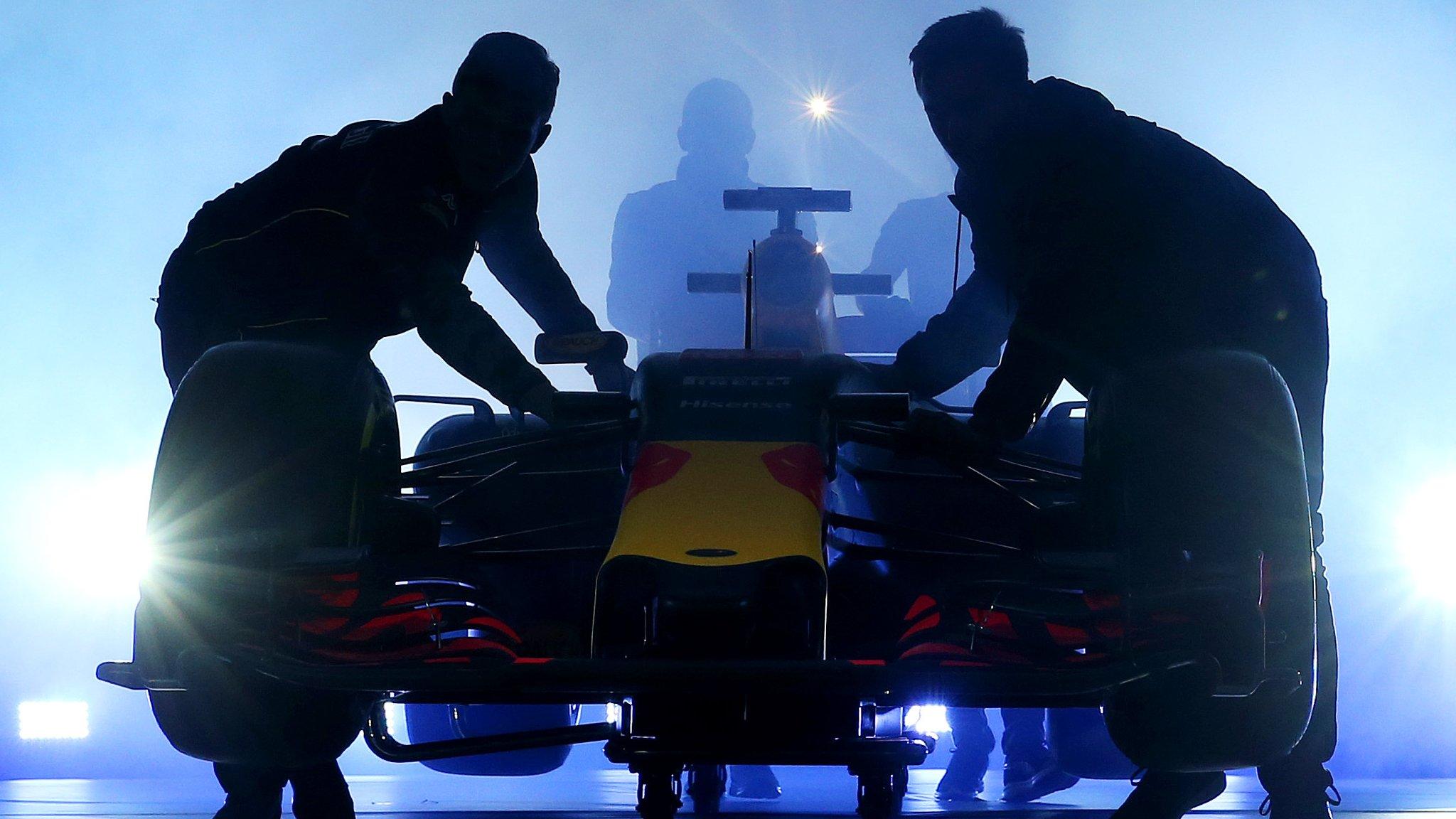
- Published18 December 2015

- Published2 November 2018

- Published26 February 2019
